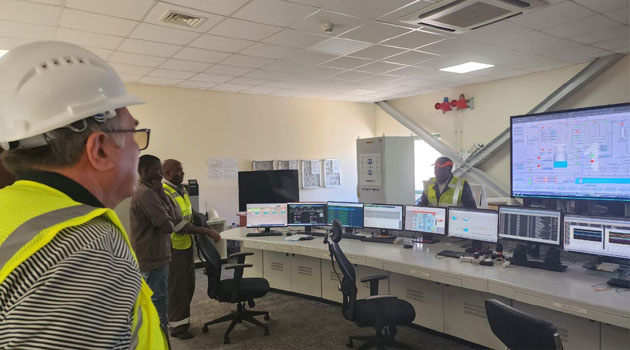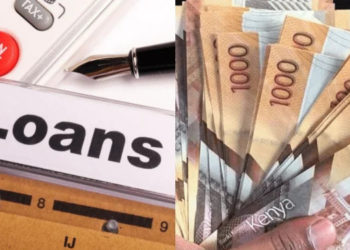Kenya’s aspiration to commence nuclear power production hinges upon securing a minimum investment of KES 11 billion to develop the nation’s inaugural nuclear research reactor, earmarked for research, education, and training purposes.
The Nuclear Power and Energy Agency (NuPEA), the overseeing body of the nuclear power program, disclosed plans to procure these funds in two phases, covering 40% of the initial outlay: KES 3 billion in 2026 and KES 8 billion the subsequent year.
NuPEA’s strategic roadmap spanning 2023 to 2027 delineates multifaceted applications of the reactor in research, education, healthcare, industrial, and energy sectors.
The acquisition of 65 acres at Konza Technopolis for the reactor and ancillary nuclear research infrastructures epitomizes NuPEA’s flagship initiative, necessitating a total investment of KES 32.5 billion.
Following a thorough review by the International Atomic Energy Agency (IAEA), Kenya received validation of substantial strides in establishing requisite infrastructure for its research reactor program.
The nation envisions commissioning the reactor between 2030 and 2034, concurrently contemplating the prospect of a 1,000 Megawatt electrical (MWe) nuclear facility in either Kilifi or Kwale.
NuPEA anticipates engaging up to 7,000 laborers during the peak construction phase and maintaining a staff complement of 700 during operation.
Moreover, it underscores the potential economic windfall, including the reduction of petroleum imports, thus conserving foreign exchange reserves. To underpin these ambitions, NuPEA earmarks KES 4.7 billion for infrastructure setup, which encompasses the KES 2.9 billion allocation for the acquisition of 400 acres of land.


















